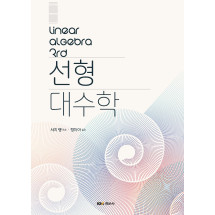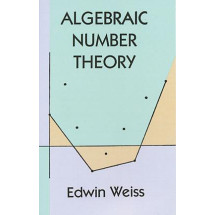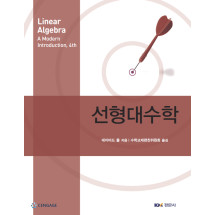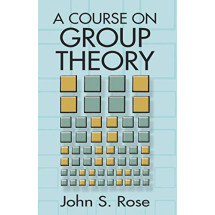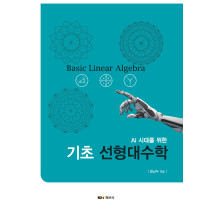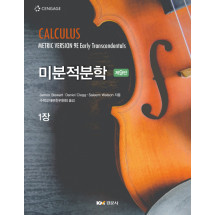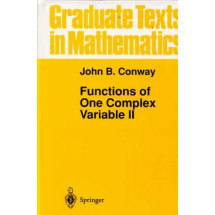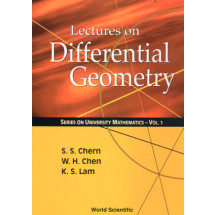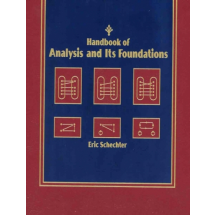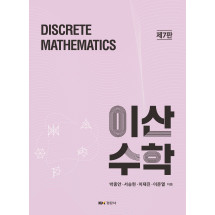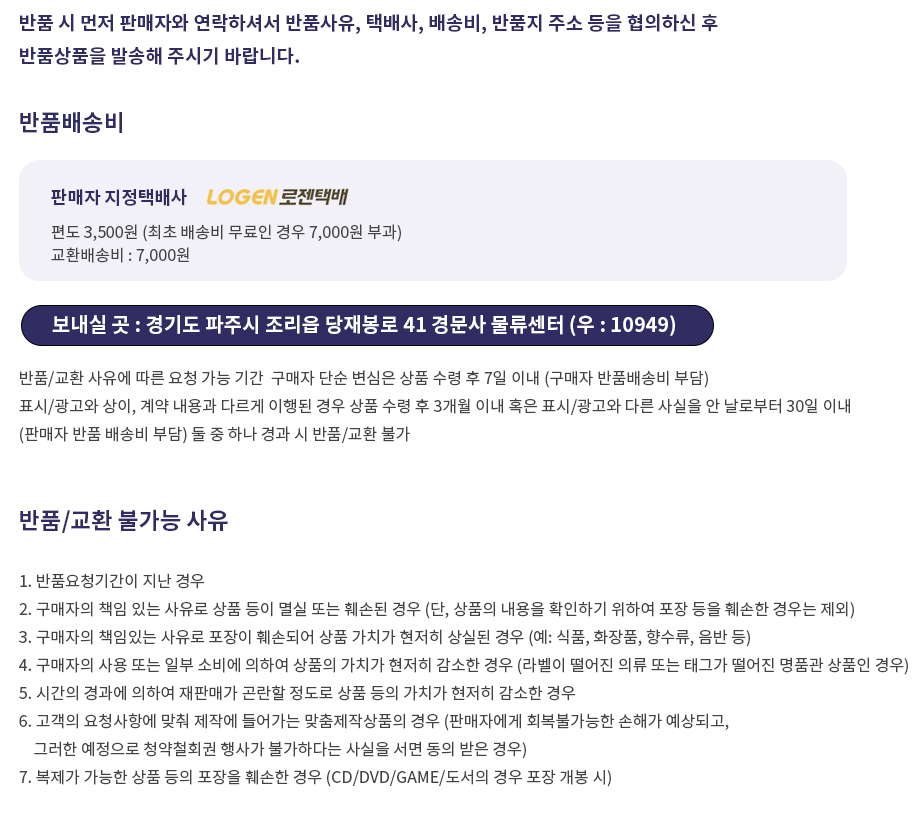Introduction (Mathematical Preliminaries, Vectors, Sets, and Symbols).
1. Linear Transformations.
Lecture One: Vectors, Linear Functions, and Matrices. Tasks and Methods of Linear Algebra. Applications: Geometry, Calculus, and MATLAB.
2. Row-Reduction.
Lecture Two: Gaussian Elimination and the Echelon Forms. Applications: MATLAB.
3. Linear Equations.
Lecture Three: Solvability and Solutions of Linear Systems. Applications: Circuits, Networks, Chemistry, and MATLAB.
4. Subspaces.
Lecture Four: The Image and Kernel of a Linear Transformation. Applications: Join and Intersection of Subspaces.
5. Linear Dependence, Bases, and Dimension.
Lecture Five: Minimal Spanning or Maximally Independent Sets of Vectors. Applications: Multiple Spanning Sets of One Subspace, MATLAB.
6. Composition of Maps, Matrix Inverse.
Lecture Six. Theory: Gauss Elimination Matrix Products, the Uniqueness of the Inverse, and Block Matrix Products. Applications (MATLAB).
7. Coordinate Vectors, Basis Change.
Lecture Seven: Matrix Representations with Respect to General Bases. Theory: Rank, Matrix Transpose. Applications: Subspace Basis Change, Calculus.
8. Determinants, Lambda-Matrices.
Lecture Eight: Laplace Expansion, Gaussian Elimination, and Properties. Theory: Axiomatic Definition. Applications: Volume Wronskian.
9. Matrix Eigenvalues and Eigenvectors.
Lecture Nine, Using Vector Iteration: Vanishing and Minimal Polynomial, Matrix Eigenanalysis, and Diagonalizable Matrices. Lecture Nine, Using Determinants: Characteristic Polynomial, Matrix Eigenanalysis, and Diagonalizable Matrices. Theory: Geometry, Vector Iteration, and Eigenvalue Functions. Applications: Stochastic Matrices, Systems of Linear DE's and MATLAB.
10. Orthogonal Bases and Orthogonal Matrices.
Lecture Ten: Length, Orthogonality, and Orthonormal Bases. Theory: Matrix Generation, Rank 1 and Householder Matrices. Applications: QR Decomposition, MATLAB, and Least Squares.
11. Symmetric and Normal Matrix Eigenvalues.
Lecture Eleven: Matrix Representations with respect to One Orthonormal Basis. Theory: Normal Matrices. Applications: Polar Decomposition, Volume, ODEs, and Quadrics.
12. Singular Values.
Lecture Twelve: Matrix Representations w.r.t. Two Orthonormal Bases. Theory: Matrix Approximation, Least Squares. Applications: Geometry, Data Compression, Least Squares, and MATLAB.
13. Basic Numerical Linear Algebra Techniques.
Lecture Thirteen: Computer Arithmetic, Stability, and the QR Algorithm.
14. Nondiagonalizable Matrices, the Jordan Normal Form.
Lecture Fourteen: (Jordan Normal Form). Theory: Real Jordan Normal Form, Companion Matrix. Applications: Linear Differential Equations, Positive Matrices.
Epilogue.
Appendix A (Complex Numbers and Vectors).
Appendix B (Finding Integer Roots of Integer Polynomials).
Appendix C (Abstract Vector Spaces).
*Appendix D (Inner Product Spaces).
Solutions.
Index.
List of Photographs.


